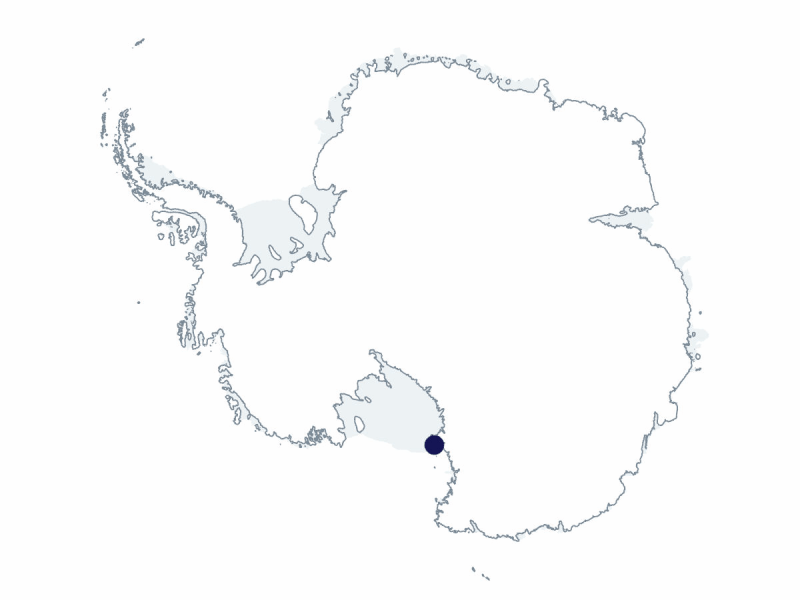2024-2025 USAP Field Season
Project Detail Project TitleNASA Long Duration Balloon (LDB) support program Summary
Event Number:
Program Director:
ASC POC/Implementer: Principal Investigator(s)
Hugo Franco
Project Web Site: Location
Supporting Stations: McMurdo Station DescriptionThe NASA Columbia Scientific Balloon Facility (CSBF) provides launch, tracking and control, airspace coordination, telemetry and command systems, and recovery services for unmanned high-altitude balloon operations in Antarctica. This season, two launches from McMurdo Station, and one recovery of a payload from a previous campaign, are scheduled: - GAPS (General AntiParticle Spectrometer) on a 40mcf balloon. - Salter Test Flight Universal on an 11.8mcf balloon. • The Salter mission is scheduled to carry up to 6 ‘piggyback’ payloads performing a variety of operational and observational experiments. Included are the: Ice Dragon Drops, EMIDSS, BAS-M, MARSBOx, ANIHALA, and BIGS payloads. The MARSBOx experiment is notable in that it will be carrying melanized fungi for research designed to study the biological effects of cosmic interstellar radiation on live organisms in a Mars-analog environment. - AESOP-Lite Recovery (Anti-Electron Sub-Orbital Payload – Low Energy). The payloads consist of science instruments, command/control systems and solar/battery power units. The bulk of the data collected is stored on onboard hard drives, with a small amount of data transmitted to ground based receiving stations via radio telemetry. After the flight has been completed recovery support is required in order to disassemble the instrument and return data/equipment from the field to McMurdo Station for northbound shipping to the United States. Field Season OverviewNASA/CSBF will launch and support flight performance of balloon-borne science experiments designed to attain high-altitudes and extended flight durations from the LDB facility on the Ross Ice Shelf. On-site planning and preparation will begin mid-October. During this time CSBF will unpack cargo, de-winterize and test equipment, assemble flight systems, and support science teams with instrument construction. The target launch ready date for the science groups is December 1. This date typically coincides with the setup of the circumpolar stratospheric winds which move the balloons above Antarctica at the target altitude. The balloons will travel counterclockwise in a revolution around the Antarctic continent between 70 and 80 degrees south latitude at an altitude of ~115,000 to ~160,000 feet. Flight duration for one revolution is typically 8 to 15 days, however, overall flight time can be longer. At the end of the flight the balloons will be terminated over a suitable location and payloads recovered from the field. Deploying Team Members
|
2024-2025 Science Planning Summary



For USAP Participants |
For The Public |
For Researchers and EducatorsContact UsU.S. National Science FoundationOffice of Polar Programs Geosciences Directorate 2415 Eisenhower Avenue, Suite W7100 Alexandria, VA 22314 Sign up for the NSF Office of Polar Programs newsletter and events. Feedback Form |



